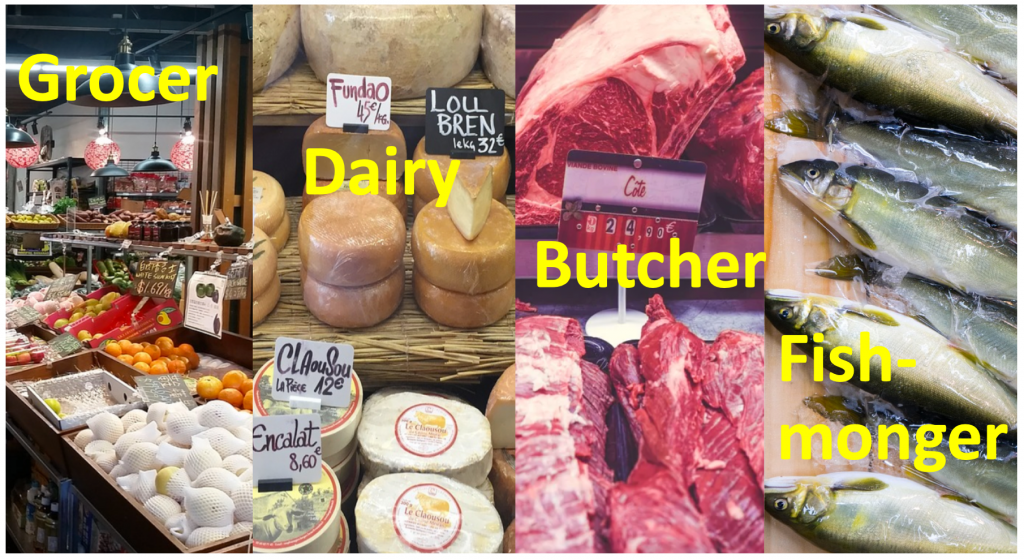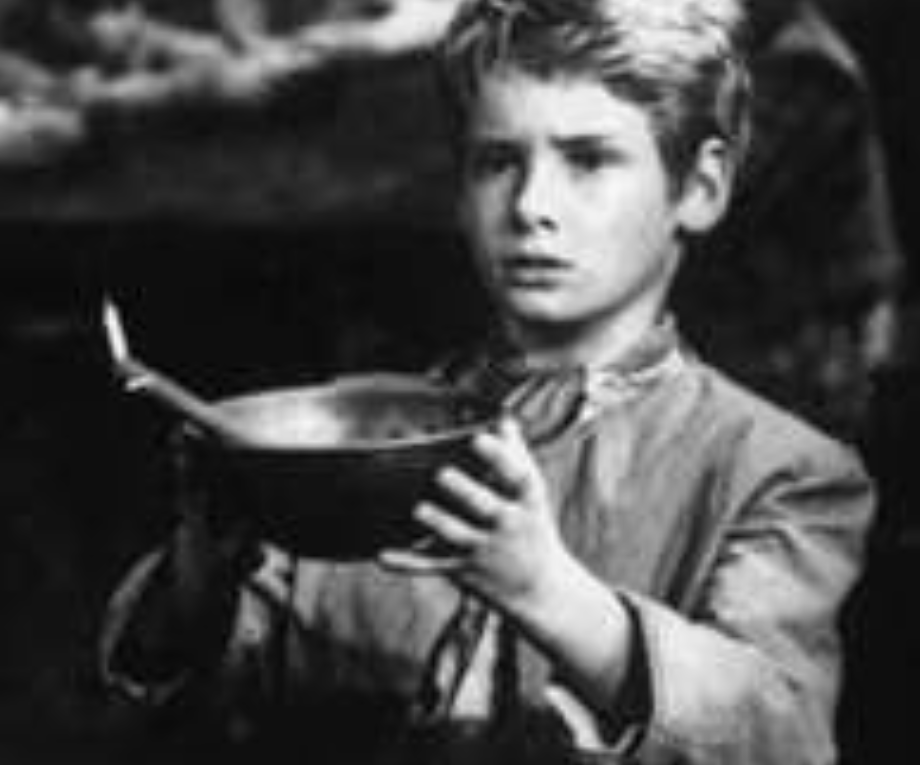Shake that money maker (again)
How to reverse T2-diabetes? Surgery, nutritional chemotherapy or real food.
If you want to reverse Type-2 diabetes, don’t follow the standard low-cal low-fat guidelines; they don’t work. Don’t pin your hopes on medication either; there is almost no chance of reversing diabetes with drugs. Drugs might slow the whole diabetes thing down a bit but it rarely reverses the problem; you won’t get better with the drugs. Your health will still go down the drain, but maybe not as quickly. No, if you want to reverse diabetes there are only three things that cut the mustard: bariatric surgery, very low-calorie meal replacement interventions, and adopting a low-carb dining lifestyle…. So that’s surgery, nutritional chemotherapy or real food.
Very low-calorie diet (VLCD) meal replacements have hit the news again as the latest saviour for all things diabetes. But are they a good thing? Do they work? Let’s look at the second question first. Yes, VLCD can help with weight loss and they can reverse Type-2 diabetes. Weight loss happens with them because they are basically a controlled form of starvation. And yes, diabetes can be put into remission because they are essentially low-carb meal replacements. There is so little of anything in them that they are by definition low-carb products. Remember it’s carbs that drive up insulin levels and evoke insulin resistance and these two states are what Type-2 diabetes is. But VLCDs do what they say on the tin… sort of.

VLCDs came to prominence in the 1970s when Alan Howard, a proud son of the City of Norwich, invented his very-low-calorie programme. He called it The Cambridge Diet. It really was a low-cal intervention at just 450 Kcals/day. The formula has been tweaked and adapted over the years and VLCDs have been marketed under various brand names, for example, the Newcastle Diet, Lighter Life, and Nestlé’s Optifast range of products. But the principle remains the same; cut calories drastically and push the body into a state of starvation-ketosis.
VLCDs have been in the news again with the launch of Professor Lean’s programme. “Thousands to benefit from a shakes and soup diet on the NHS” proclaimed NHS-England’s website. But what is in these soups and shakes? Well, the ingredients lists reveal that the number one ingredient is usually sugar (maltodextrose). The other ingredients are mostly industrially rendered edible substances like whey powder, skimmed milk, and potato starch extract. There is some fat in some products e.g. in the form of refined soya oil (no healthy Omega-3s though). They also have a number of mineral and vitamin additives. It all has the appearance of a diabolical chemistry concoction.

But, VLCDs can help people lose weight and they can reverse their diabetes too, so that’s good right? Hmmm, I’m not so sure. Why?
- They do not provide real food
- They are by definition highly processed edible products
- They induce a state of starvation which can be uncomfortable and unpleasant to endure. Energy levels can drop, people may feel cold, hair loss can happen etcetera. Starvation just isn’t for everyone. For those who persist with VLCDs weight will drop and markers of diabetes will improve though
- Finding out what the adverse effects of VLCDs are can be difficult. And, how many people starting out on the programme manage to stick with it for the full three months? Not sure
- But the biggest question that needs answering, and another whose answer is not easy to find, is what happens when you finish replacing meals with shakes, soups and bars? Going back to the same old same old will almost certainly lead to weight gain and diabetes relapse
- VLCDs are not the answer for everyone but there is no doubt they are a kick-start to a healthier future, as long as the follow-on diet is real-foo and low-carb.
So, what is a low-carb person to do? The answer is quite simple. Forget about replacing meal with chemical gloop – just eat real food. Chose vegetables (above ground, non-starchy ones), fruit (in very modest quantities), meat, poultry, fish, natural oils and fats like olive oil and butter, and nuts. Avoid sugary and starchy foods (bread, rice, pasta, pizza, potatoes, confectionary, sweetened and brewed drinks. And avoid industrial see oils e.g. rapeseed, soya, safflower, sunflower and other ‘vegetable’ oils.
So, how did Dr Alan Howard do on his own VLCD programme? Well, although he lived to the grand old age of 91 years he struggled constantly with his weight. His Cambridge Diet worked, in fact, it worked every time he did it, but he relapsed every time he came off them. You see, at the end of the day, it just isn’t about calories at all…. it’s all about the insulin. For my money, forget about starvation. Just go straight for a real-food low-carb diet and enjoy.


